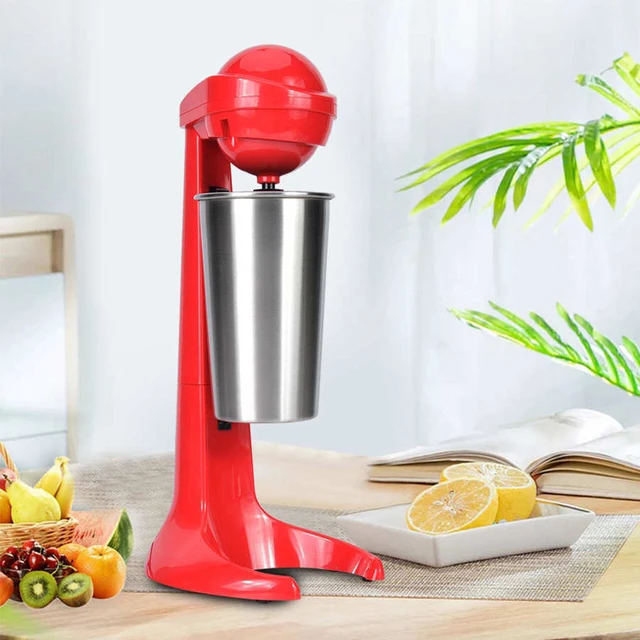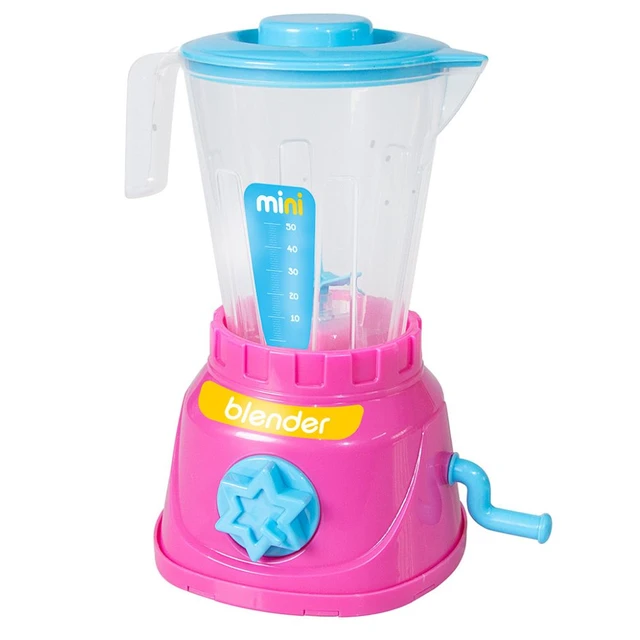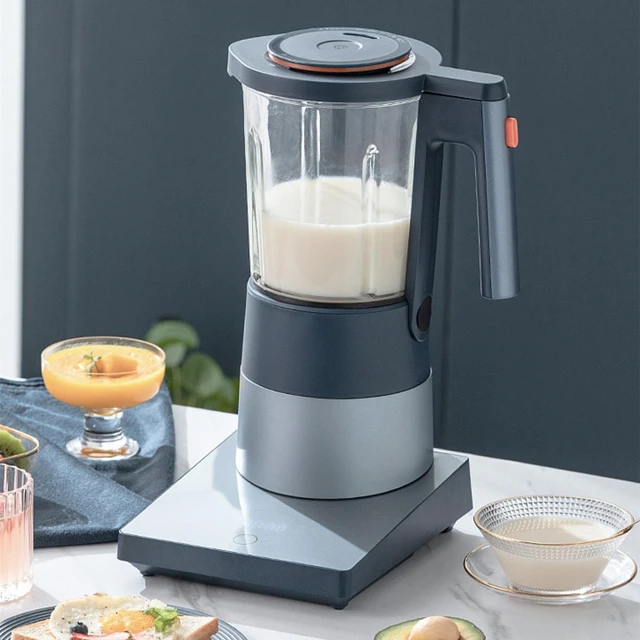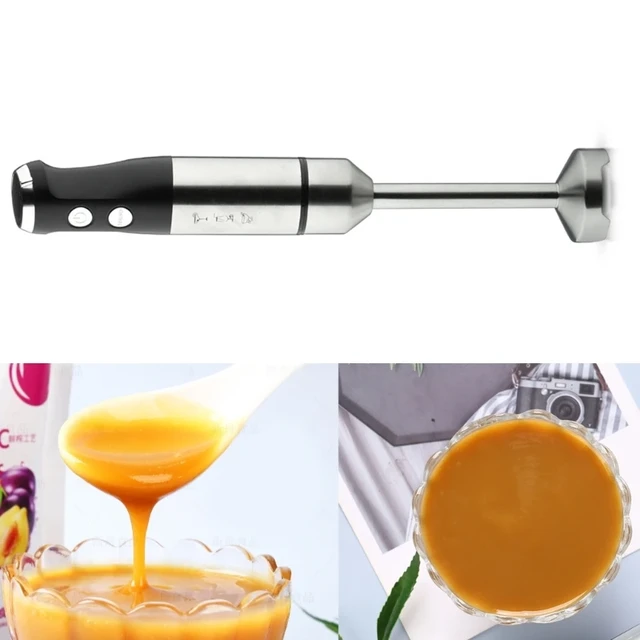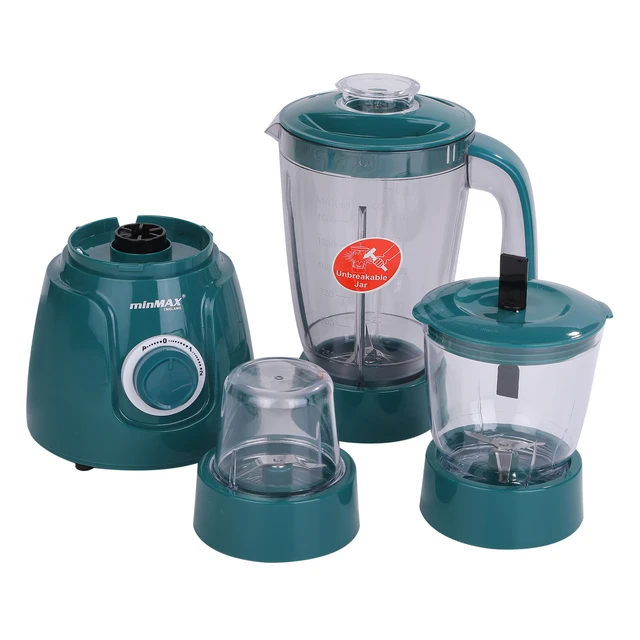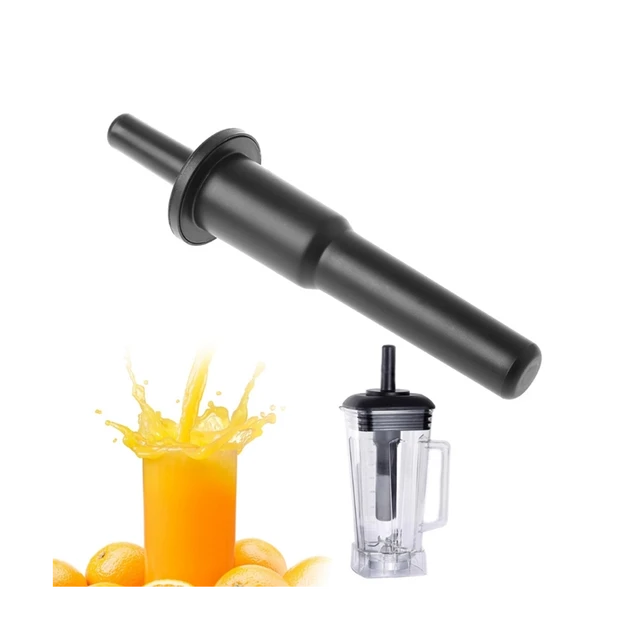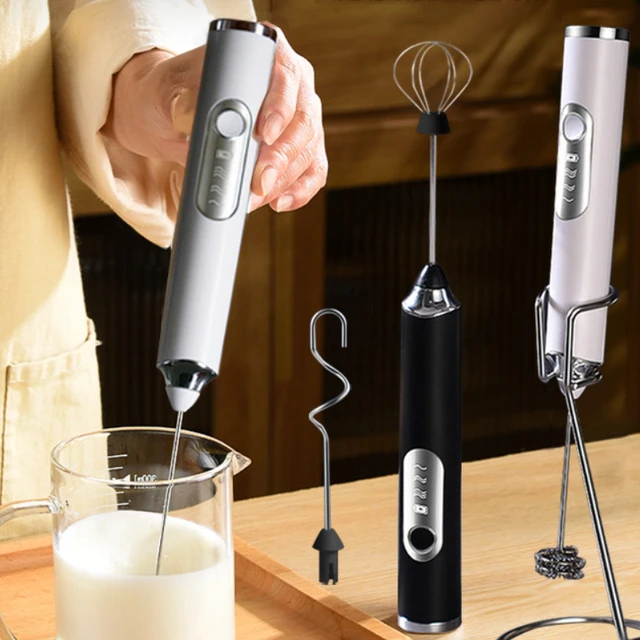
Introduction
When it comes to making smoothies, a blender is often the go-to kitchen appliance. However, if you don’t have access to a traditional blender, you may wonder if a hand blender can be used as an alternative. The good news is that a hand blender, also known as an immersion blender, can indeed be used to make smoothies. In this guide, we will explore the benefits of using a hand blender, discuss the steps involved in making a smoothie with this versatile tool, and provide tips for achieving optimal results. With a hand blender, you can enjoy the convenience of making delicious and nutritious smoothies with ease.

Can I make a smoothie with a hand blender?
The Advantages of Using a Hand Blender
1.1. Portability and Convenience
A hand blender is compact and lightweight, making it easy to handle and store. Unlike traditional blenders, which can be bulky and require counter space, a hand blender can be easily stored in a drawer or cabinet, making it a convenient choice for smaller kitchens or on-the-go lifestyles.
1.2. Versatility
While a hand blender is commonly used for blending soups and sauces, it can also be used to make smoothies. Its versatility allows you to directly blend ingredients in a variety of containers, such as mugs, jars, or bowls, without the need for transferring ingredients from one container to another.
1.3. Easy to Clean
Cleaning a hand blender is quick and hassle-free. The detachable blending attachment can be easily removed and washed either by hand or in the dishwasher. This saves time and effort compared to cleaning a traditional blender with multiple parts.
Steps for Making a Smoothie with a Hand Blender
2.1. Gather Your Ingredients
Collect the ingredients for your smoothie. Choose a combination of fruits, vegetables, liquids, and any additional flavorings or sweeteners you desire. Consider using pre-frozen fruits or adding ice cubes to achieve a refreshing and chilled smoothie.
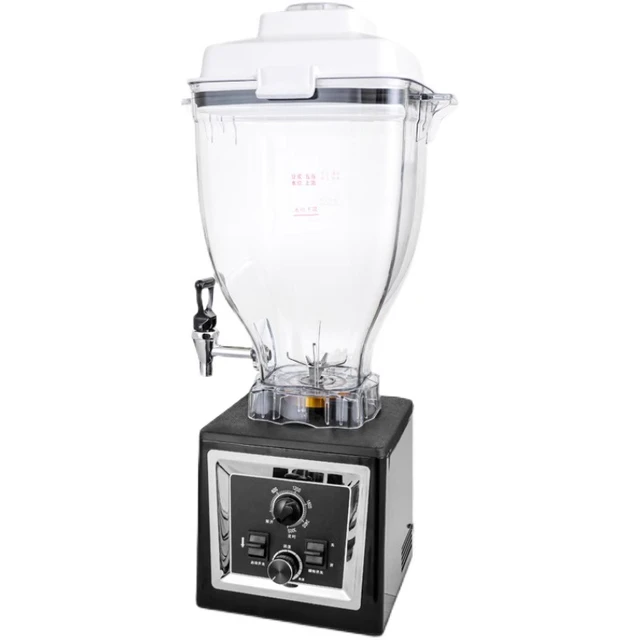
2.2. Preparing the Ingredients
Wash and peel any necessary fruits or vegetables. Cut them into smaller pieces to ensure they blend easily with the hand blender. If using frozen fruits, allow them to thaw slightly before blending.
2.3. Assembling Your Smoothie
Add your ingredients to a tall and narrow container, such as a measuring jug, mixing bowl, or large cup. This will help contain the blending action and prevent splattering.
2.4. Immersing the Hand Blender
Place the blending attachment of the hand blender directly into the container, ensuring that the blades are fully immersed in the ingredients.
2.5. Blending the Smoothie
Start blending by turning on the hand blender. Move it up and down gently to ensure all the ingredients are evenly blended. Continue blending until the desired consistency is achieved. For a smoother texture, blend for a longer duration. If you prefer a chunkier texture, blend for a shorter time.
2.6. Adjusting the Texture and Flavor
Evaluate the texture and taste of your smoothie. If the mixture is too thick, add a small amount of liquid, such as milk, juice, or water, and blend again until it reaches the desired consistency. To enhance the flavor, you can add sweeteners, such as honey or agave syrup, or additional ingredients like yogurt or spices. Blend again briefly to incorporate these additions.
Tips for Achieving Optimal Results
3.1. Use a Tall and Narrow Container
To minimize splattering and ensure efficient blending, choose a container that is tall and narrow. This allows the hand blender to fully immerse and blend the ingredients without creating a mess.
3.2. Control the Blending Speed
Most hand blenders come with variable speed settings. Start blending on a low speed and gradually increase it as needed. This helps control the blending process and ensures all the ingredients are thoroughly blended.
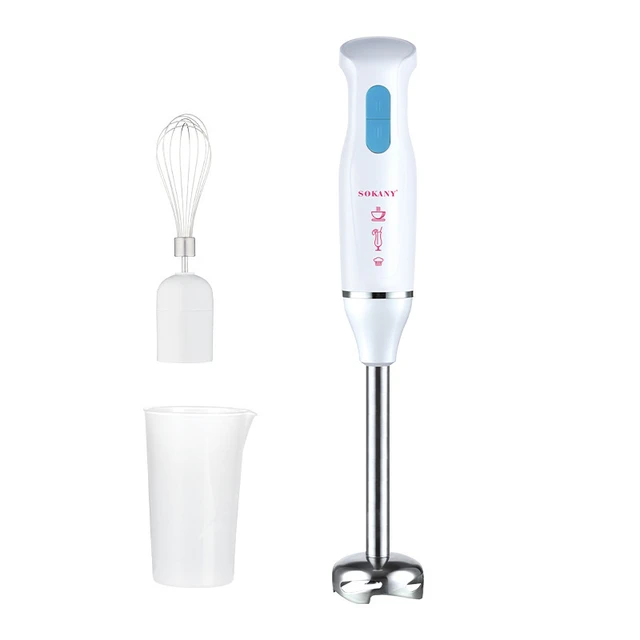
3.3. Tilt the Container (Optional)
If you find it challenging to blend ingredients that are not fully submerged, you can tilt the container slightly to ensure the hand blender reaches all the ingredients. Be cautious and ensure the container is stable to prevent any accidents.
3.4. Experiment with Ingredients
Don’t be afraid to get creative with your smoothie recipes. Explore a variety of fruits, vegetables, liquids, and flavorings to customize your smoothie according to your taste preferences. Consider adding elements like nut butter, cocoa powder, or spices to enhance the flavor profile.
Cleaning and Maintenance
4.1. Detaching the Blending Attachment
After blending, detach the blending attachment from the hand blender motor. This can usually be done by pressing a release button or twisting the attachment counterclockwise.
4.2. Rinse or Soak the Blending Attachment
Rinse the blending attachment under warm running water to remove any remaining smoothie residue. If necessary, you can soak the attachment in warm soapy water to facilitate easier cleaning. Avoid immersing the motor unit in water.
4.3. Wipe Down the Hand Blender Motor
Use a damp cloth or sponge to wipe down the hand blender motor, removing any spills or splatters that may have occurred during blending.
4.4. Proper Storage
After cleaning and drying the hand blender components, store them in a clean and dry location. Make sure the blending attachment is completely dry before reassembling or storing to prevent any moisture-related issues.

Hand Blender Smoothie Recipes and Variations
6.1. Classic Berry Smoothie
Ingredients:
1 cup mixed berries (strawberries, blueberries, raspberries)
one banana
1 cup milk (dairy or plant-based)
Honey or sweetener (optional)
Instructions:
Combine the mixed berries, banana, and milk in a tall container.
Use the hand blender to blend the ingredients until smooth and well-combined.
Taste the smoothie and add honey or sweetener if desired, then blend again briefly to incorporate.
Serve the smoothie chilled and enjoy!
6.2. Tropical Green Smoothie
Ingredients:
1 cup spinach or kale
1 ripe mango, peeled and pitted
one banana
1 cup coconut water or pineapple juice
Fresh lime juice (optional)
Instructions:
Place the spinach or kale, mango, banana, and coconut water or pineapple juice in a tall container.
Use the hand blender to blend the ingredients until smooth and creamy.
Taste the smoothie and add fresh lime juice if desired for a tangy kick, then blend briefly to combine.
Serve the smoothie chilled and savor the tropical flavors.
6.3. Peanut Butter Banana Smoothie
Ingredients:
1 ripe banana
2 tablespoons peanut butter
1 cup milk (dairy or plant-based)
1 tablespoon honey or sweetener (optional)
Ice cubes (optional)
Instructions:
Add the ripe banana, peanut butter, milk, and honey or sweetener (if using) to a tall container.
Blend the ingredients with the hand blender until smooth and creamy.
For a colder and thicker smoothie, add a handful of ice cubes and blend again until well-incorporated.
Pour the smoothie into a glass and indulge in the delicious combination of peanut butter and banana.
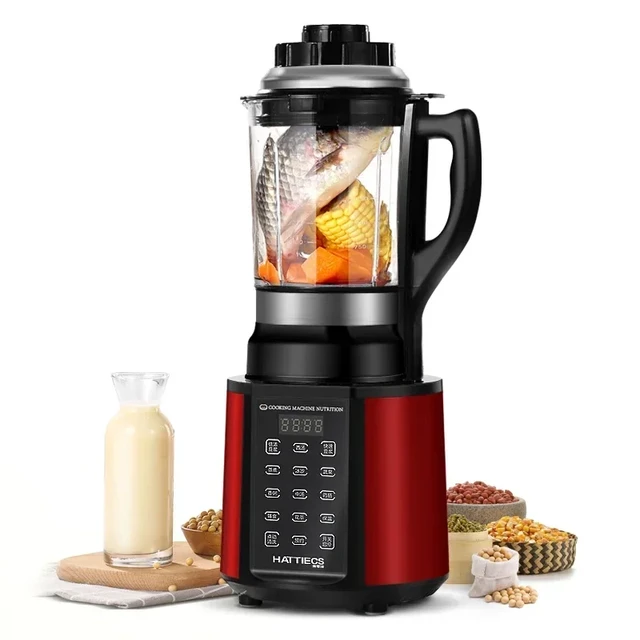
Conclusion
A hand blender can be a valuable tool for making smoothies at home. Its portability, convenience, and ease of use make it an excellent alternative to traditional blenders. By following the steps outlined above, you can create delicious and nutritious smoothies with a hand blender. Remember to gather your ingredients, assemble them in a suitable container, immerse the hand blender, blend until the desired consistency is achieved, and make any necessary adjustments. With a little creativity and experimentation, you can enjoy homemade smoothies with the convenience of a hand blender.
